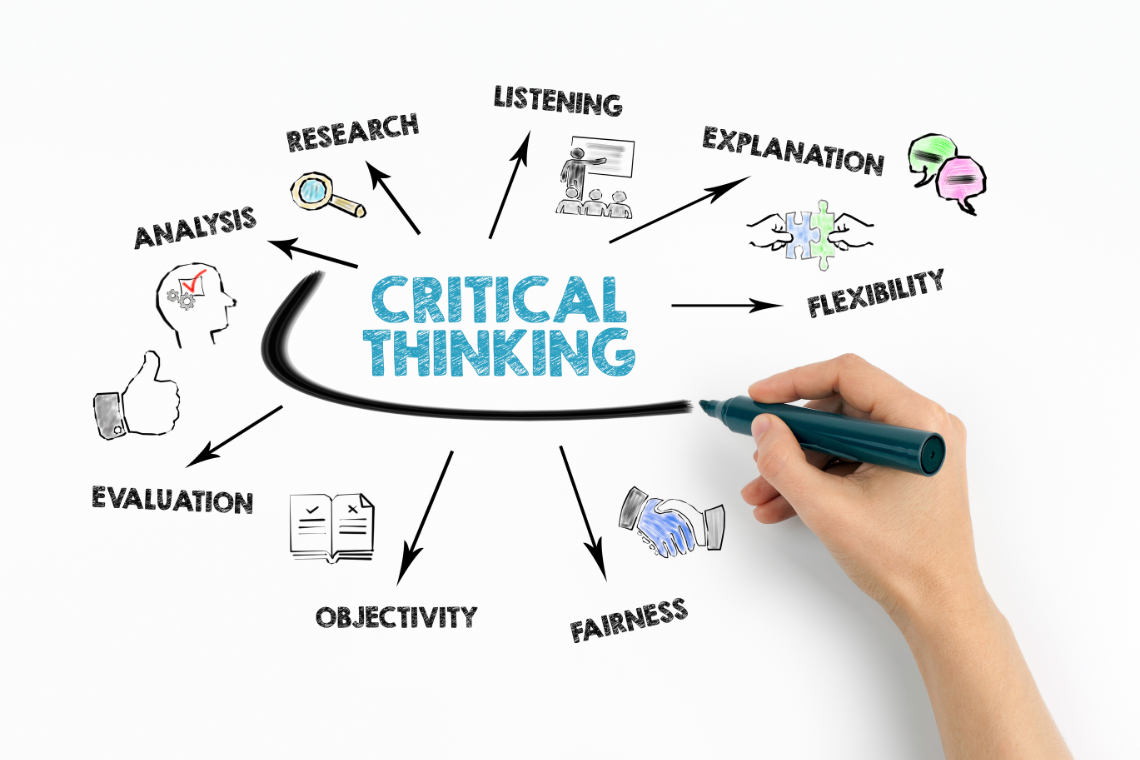Phone:
01752740808
Address:
kishoreganj - Dhaka - Bangladesh

Critical thinking is like a superpower for the mind—it helps us analyze situations, solve problems, and make informed decisions. Whether you’re a student, professional, or lifelong learner, sharpening your critical thinking skills can transform how you approach challenges. Let’s dive into a simple, step-by-step guide to becoming a better thinker.
Critical thinking starts with curiosity. Instead of taking things at face value, ask questions like:
Example: If you hear a news story, ask, “Who benefits from this narrative, and is it backed by credible sources?”
Good decisions come from good data. Seek out reliable sources and check for biases in the information you consume.
Pro Tip: Avoid echo chambers. Explore diverse viewpoints to get a well-rounded understanding.
Break down the information into smaller parts. Look for patterns, relationships, and inconsistencies.
Example: When planning a project, analyze why past attempts failed and how you can address those gaps.
A critical thinker doesn’t cling to their biases or preconceived notions. Be willing to change your stance if new evidence emerges.
Use your findings to reach logical conclusions. Consider the consequences of your choices, both short-term and long-term.
Example: Before buying a product, compare reviews, prices, and features to make a smart purchase.
Critical thinking is a continuous process. After making a decision, reflect on its outcome.
Bonus Tip: Keep a journal to track your thought process and growth.
Developing critical thinking skills is like training a muscle—it takes time, effort, and practice. By asking thoughtful questions, analyzing information, and reflecting on your decisions, you’ll become a sharper, more confident thinker.
Challenge: Start today! Choose a recent decision you made and reflect on how critical thinking could have improved the outcome.